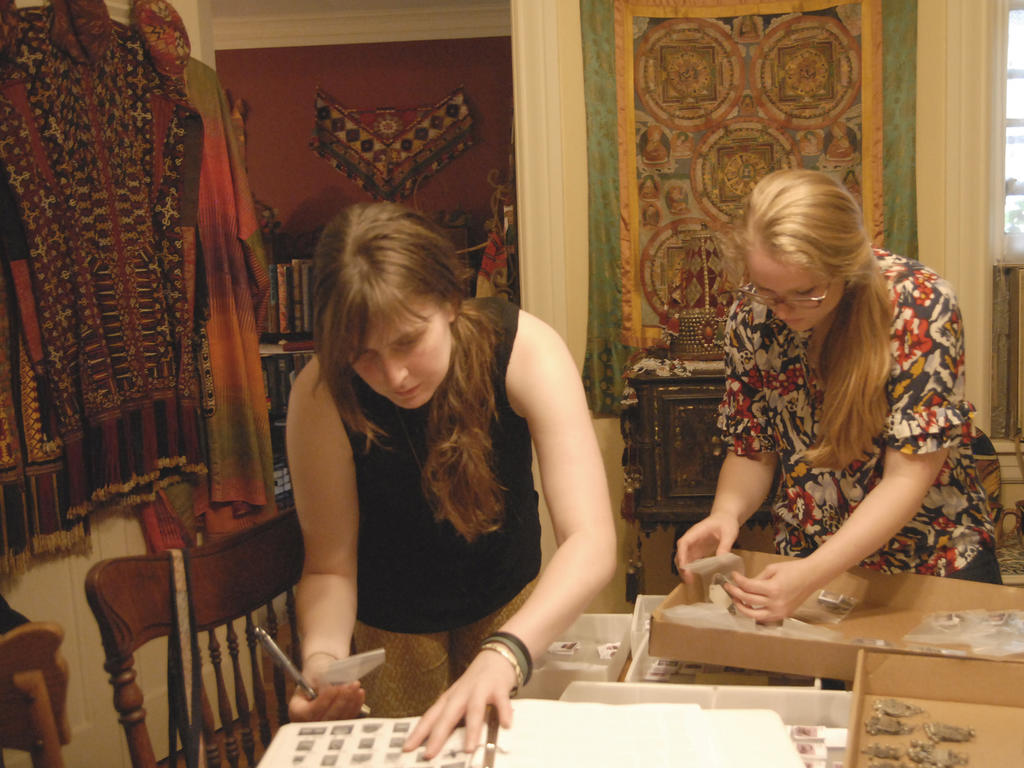Prof. Dee Birnbaum has been teaching business classes at Rhodes for more than 22 years, but many students don’t know that she has also been collecting historical women’s clothing, jewelry, and accessories from the Middle East and Central Asia since 1974. These historical pieces date from around the late 1800s to the early 1900s and represent a style of dress that is no longer worn. In many areas, traditional clothing has been completely replaced due to the introduction of cheaper fabrics and the influence of Western culture.
The project began as a hobby and grew into a mission to save these beautiful pieces from being lost due to the instability of the Middle East. From the time she started teaching at Rhodes, Prof. Birnbaum shared her collection through lectures, exhibits, and fashion shows sponsored by the Rhodes Muslim Student Association and their affiliate at the University of Memphis. However, a chance to share her collection with a broader audience became her ultimate project. Indiana University and the William Mathers World Museum showed an interest in her collection to help complete their set of world textiles, which they use to supplement graduate programs in fashion, textiles, world culture, and museum studies. Prof. Birnbaum jumped at the opportunity.
With more than 2,000 pieces of clothing, jewelry, headpieces, masks, and shoes, it took a lot of student volunteer work to complete the catalogue of items to be sent to the museum. This effort actually began around 2008 with student Allister Wilton ′10, who was interested in museum studies. His interest in the collection and in learning how to put together a catalogue persuaded Prof. Birnbaum to start the process. Since then, students from a variety of majors, including anthropology, international studies, chemistry, and political science, have worked on the project. The interdisciplinary aspect of the project enabled more students to benefit from Prof. Birnbaum’s collection and have the experience of working with actual artifacts.
Lisa Chaney ’15, a chemistry major with an interest in the link between fashion and culture, worked primarily on cataloging the items. Each piece had to be identified by country and time period, and described down to the last detail in order to have a completed catalogue entry.
Natasha Main ’16 also helped with the cataloguing process. She became involved primarily through her connection with the South Asian Student Association. Natasha even went to Prof. Birnbaum’s home to try on several of the outfits. “It was really interesting to see just how much detail was placed in all aspects of the clothing,” she says. “It was an experience to wear something so different, and to see first-hand how clothing has evolved.”
With the collection now fully catalogued and shipped to Indiana, many more students, in many different disciplines, will have the opportunity to learn from Professor Birnbaum’s lifework.
